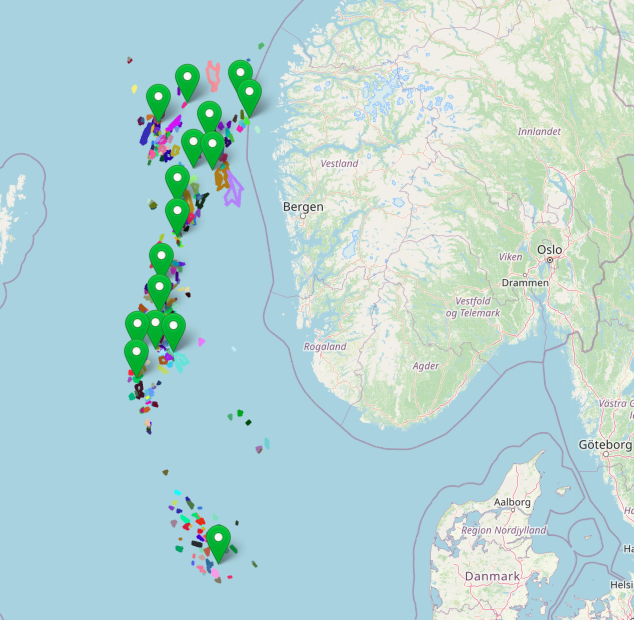A jack-up rig or a self-elevating unit is a type of mobile platform that consists of a buoyant hull fitted with a number of movable legs, capable of raising its hull over the surface of the sea. The buoyant hull enables transportation of the unit and all attached machinery to a desired location. Once on location the hull is raised to the required elevation above the sea surface on its legs supported by the sea bed. The legs of such units may be designed to penetrate the sea bed, may be fitted with enlarged sections or footings, or may be attached to a bottom mat. Generally Jackup rigs are not self propelled and rely on tugs or heavy lift ships for transportation.
Operation:
A jackup is a floating barge fitted with long support legs that can be raised or lowered. The jackup is maneuvered (self-propelled or by towing) into location with its legs up and the hull floating on the water. Upon arrival at the work location, the legs are jacked down onto the seafloor. Then «preloading» takes place, where the weight of the barge and additional ballast water are used to drive the legs securely into the seabottom so they will not penetrate further while operations are carried out. After preloading, the jacking system is used to raise the entire barge above the water to a predetermined height or «air gap», so that wave, tidal and current loading acts only on the relatively slender legs and not on the barge hull.
Modern jacking systems use a rack and pinion gear arrangement where the pinion gears are driven by hydraulic or electric motors and the rack is affixed to the legs.
Jackup rigs can only be placed in relatively shallow waters, generally less than 400 feet (120 m) of water. However, a specialized class of jackup rigs known as premium or ultra-premium jackups are known to have operational capability in water depths ranging from 500 to 625 feet.





